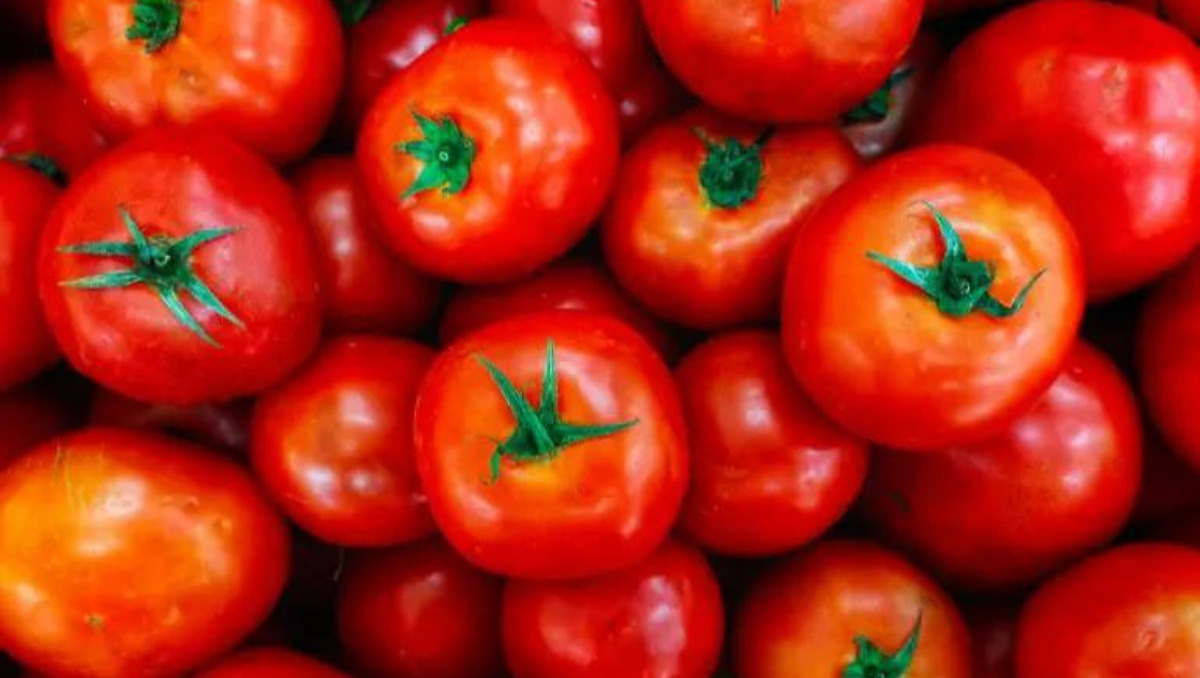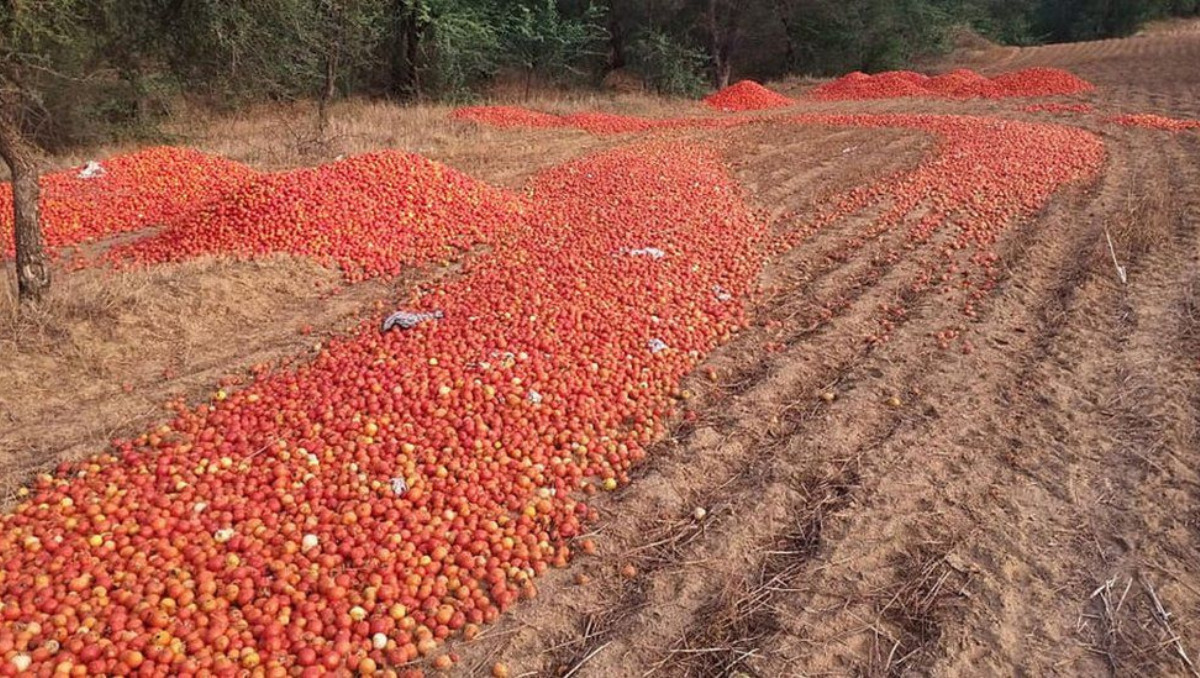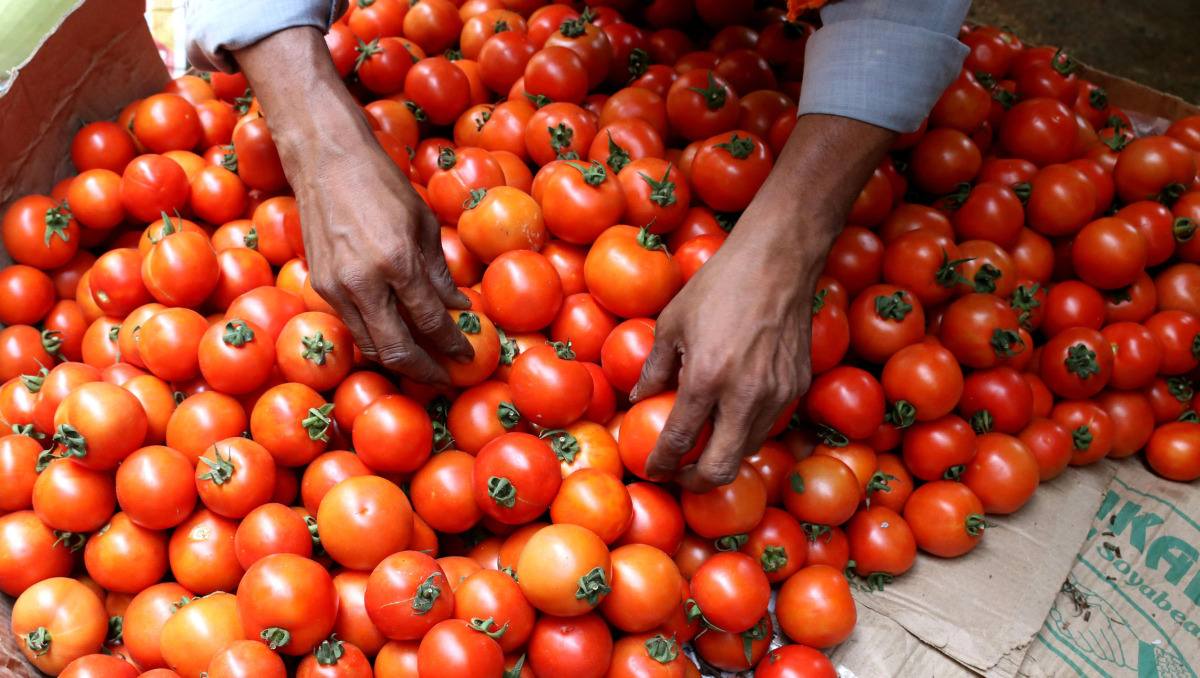The tomato’s current problem in India is not whether it is a fruit or a vegetable, but rather that it has grown absurdly expensive. According to reports, tomato prices have increased by nearly 400% in recent weeks.
Since a few weeks ago, the price of the basic necessity has been sharply increasing and is currently around 200 rupees (£2; $3) per kilo in some regions of India, a significant increase from the customary 40–50 rupees.
Not for the addition of a new food, but rather for removing tomatoes from the menu in the majority of its shops in northern and eastern India, McDonald‘s recently made headlines. It gave the excuse that there weren’t any good tomatoes available “due to seasonal crop issues”.

The majority of the population in India, which is made up of the middle and lower classes, has been particularly badly hit by the soaring prices.
A customer was allegedly struck in the face with a weighing scale by a vegetable vendor in Pune, a city in western India, for arguing over the cost of 250g of basic necessity.
A politician reportedly employed two bouncers in Varanasi, the holiest city in India, to stop people from bargaining over tomato prices in his business.
There have been allegations of criminals robbing trucks carrying tomatoes and snatching tomatoes from farms.
What’s the reason behind inflation of tomatoes
According to experts, adverse weather conditions have harmed crops, causing shortages in the market and an imbalance between supply and demand. According to the government, the skyrocketing prices are only a “temporary problem” and will begin to decline in the upcoming months.
To assist consumers, some states have begun offering the basic necessity at lower prices through government-run or farmer-backed outlets. To urge the public to offer solutions to stop the rising prices, the Indian government organized the Tomato Grand Challenge Hackathon, which began on June 30 in Delhi.
Surprisingly, the basic necessity has a significant influence on Indian cuisine; it is used in practically every dish. As a result, when it gets pricey and in short supply, it generates headlines and sometimes even political controversy.
According to economists, India’s delicate inflation equilibrium could be upset by the sharp price increase, which would cause retail inflation to increase from 4-5% in April and May to 5.5% in July and September.

Ironically, farmers in India dropped tomato crates on the road about two months ago as the basic necessity prices in the wholesale market fell to 2-3 rupees per kilo due to a glut of supply.
The similar tactic was used by farmers to attract attention to their hardship the previous year, and in March, farmers in the state of Maharashtra staged a protest march to seek greater prices for onions.
What the major players have to say
When it comes to perishable but necessary vegetables like the onion and tomato, India frequently struggles with supply-demand issues. Both crops are almost year-round crops, and output from various states enters the market at various times.
This year’s tomato harvest was subpar despite a record crop.
According to farm economist Ashok Gulati, the continued rise in basic necessity prices is caused by the unseasonably early rains that occurred in tomato-growing regions between March and May, particularly in the Kolar belt in southern Karnataka state, which is home to the largest tomato market in the nation.
According to Gulati, since mid-June, there have been sharp price hikes for fresh tomatoes as a result of decreased basic necessity supplies and increased demand.
According to Mr. Gulati, heavy rains in north-western India are anticipated to increase supply-side pressure.
According to Ashok Gulati, many areas are currently experiencing flooding, especially in the Indian states of Himachal Pradesh and Uttarakhand. He points out that frequent interruptions in the supply lines caused by severe rain result in displacement and worsen the situation.

The present increase in basic necessity prices during the monsoon season, according to Anil Malhotra, a member of the Agricultural Produce Market Committee (APMC), is unprecedented. Malhotra claimed that although tomato prices usually rise at this time of year, he has never before seen them so high.
He explained this occurrence by the severe rains’ considerable impact on the availability of tomatoes. Malhotra went on to say that the unfavorable weather conditions caused about half of the tomato stock, which was purchased from Himachal Pradesh, to be damaged.
Experts believe that the erratic weather patterns, characterized by sharp temperature changes, are to blame for the prevalence of illnesses that threaten basic necessity crops.
How does India close the gap between supply and demand? Simply storing extra produce for the figurative – and in this case, literal – rainy day would be an easy answer.
But according to experts, this is more difficult said than done because basic necessity are extremely perishable and frequently spoil even in cold storage after a few weeks.
According to Mr. Gulati, encouraging the production of tomatoes under protected conditions to prevent the crop from intense heat or out-of-season heavy rains is one strategy to stabilize supplies.
To make puree out of tomatoes is another step that can encourage consumers to switch to processed tomatoes when fresh basic necessity costs are sky high. However, Mr. Gulati asserts that in order to encourage the processing of tomatoes, the government must reduce the GST (general sales tax) on tomato puree from 12% to 5%.
“Overall, a value chain approach must be used to reduce the risk associated with the vegetable from production to consumption, but the framework is lacking at this time.”












